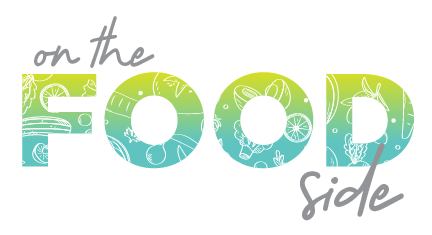Value Adds
If you’ve ever fed a child you know that some kids don’t seem to eat all the things you think they should. Sometimes, you can take a step back and look at their overall intake and you’ll see they may be meeting their nutrient needs in ways you’re not seeing. For example, you have a kiddo who won’t drink milk. But, they do love their yogurt, will happily munch on a cheese stick, and don’t mind having ice cream when it’s offered. Or, maybe they’re a tot who isn’t big on meat, but you realize they eat lots of beans, peanut butter, and eggs. Or, perhaps they’re not a big veggie eater, but they gobble down any fruit that’s offered (fruits and vegetables have very similar nutrient profiles). So, maybe this is where you stop reading. You’ve recognized that the “gap” that got you reading is not so much of an issue, and you can continue let your child follow their own internal cues on what to eat without interference.
But, maybe there is a gap in their intake. Perhaps there are definite signs and symptoms. Things like constipation or slow growth (which may not be as abnormal, or as concerning, as you think). Or, maybe you’d just like to see your child eating more of a particular food or food group. That is why I came up with my handout called “Value Adds.” I wanted my clients to use it to ADD to a child’s current diet. I want to add value without subtracting interest, flavor, or acceptance. I also want it to be a starting point. Maybe there’s not much that works for you and your child on here, but it gives you an idea of where you can add a teaspoon, or a tablespoon, or an ounce, or even a sprinkle, of something to increase the nutrient density of a regularly eaten food or meal.
This post is an offering. Not a prescription. Not an individualized nutrition recommendation. These are just some of the possible ways to expose your child to foods with nutrients they might need more of. Note- I believe in following the Division of Responsibility which means these things should be offered without pressure or coercion.




As I said above, this information is intended to be an addition. It should be foods you would “normally” feed kids, that are likely to be in your kitchen or easily accessible in the grocery store. And, at the end of the day you’re the one there- seeing their hunger and fullness cues, shopping, prepping, and serving the food, changing their diapers or noting when they used the bathroom last, -you are the first to see changes in their behavior or physical state. These ideas can only add to all of the work you’re already doing; they won’t necessarily create huge change, but the might just add some value to what they’re already eating.




